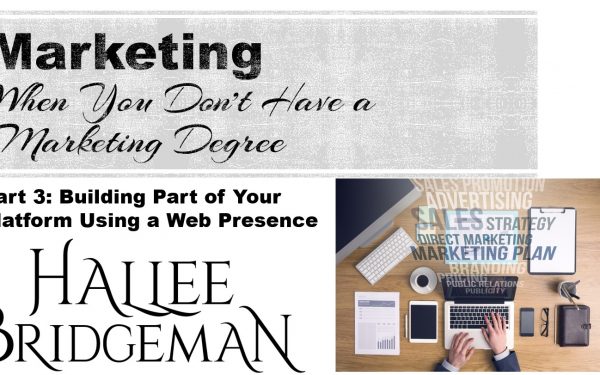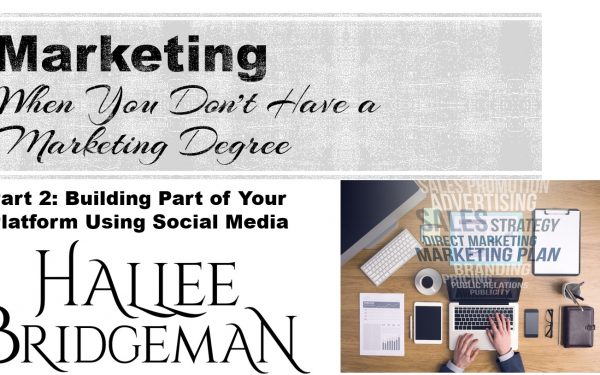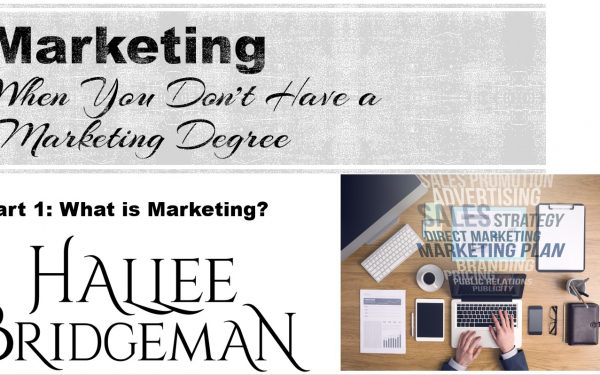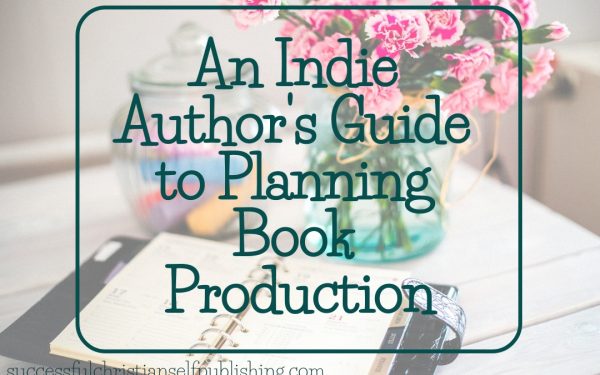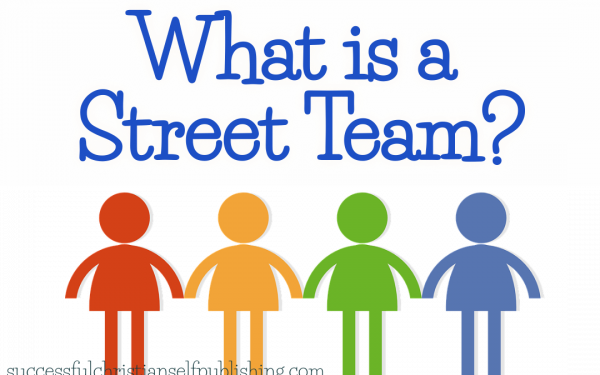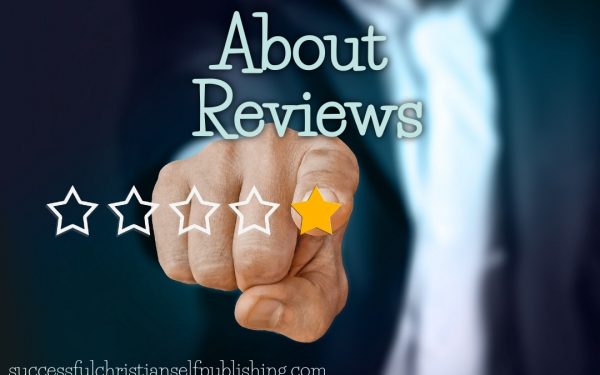The Why’s of Newsletter Onboarding
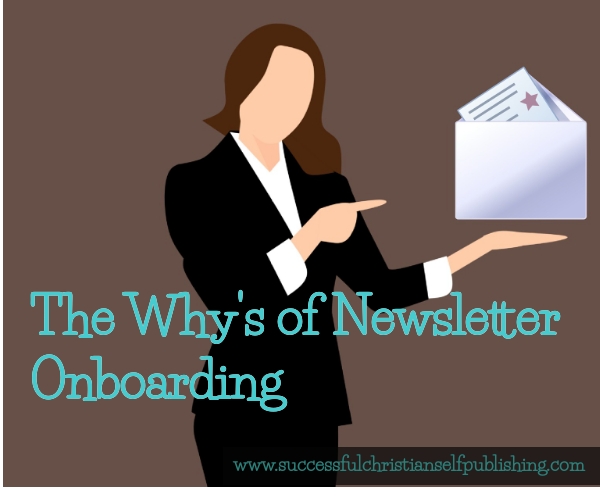
In my opinion, newsletters are one of the most important marketing tools available to authors. The reason is that the people who sign up for your newsletter are the ones who are saying, “Yes, I want to hear from this person and I’m interested in what they have to say.”
Unlike social media, with the newsletter you are not at the mercy of a platform that can decide through algorithms and usage who ought to see what you’re saying, or to require you to pay to allow to see what you’re saying, whether they’ve chosen to see or not. With the newsletter, you’re in control, and it’s up to the end-users to choose whether they want to open that newsletter or not.
The more people you have on your list to open the newsletters, the better it obviously is for you as a way to get word out about your writing and your books. One way to grow that newsletter list is to utilize the services, either paid or free, that are in place for the purpose of growing newsletters.
I have heard the so many people say that using newsletter building service like Book Funnel, Authors XP, Ryan Z, or places like those is not a good idea because what you will do is flood your newsletter with people signing up just to get the free book you’re offering through the service.
There are many readers who will opt-in for your newsletter for the purpose of downloading your free book, and then they will just as easily opt-out of your list or unsubscribe the first time you send them a newsletter. Unfortunately, that is the nature of the list building services. However, you can get a lot of quality readers, or find new readers with your free book giveaway through the services, as well as add quality subscribers to your list.
How do you separate the chaff from the wheat?

One very effective way is to utilize a newsletter onboarding series. What this means is that a series of newsletters will automatically be sent to any new subscriber to your list.
Here is my onboarding series:
- Immediately upon signing up for my list, an email goes out that welcomes the reader to my list and offers the link for the free book gift for signing up for my list.
- 24-hours later, the next email is sent and gives the reader a little bit more insight into who I am as a writer. I mention the book she received and my hope that she’s enjoying it.
- 72-hours after that, I send an email in which I talk about writing romance novels and how much my readers mean to me.
- 48-hours later, I sent an email and give the story about how my career started long with my writing testimony.
- 72-hours later, an email goes out that explains how much correspondence from my readers means to me, encouraging the reader to reach out to me by replying to an email, and encouraging the reader to leave reviews. What this does is once they have replied to me, then I am in their sent mail, I am less likely to hit their spam mailbox the next time I send them an email.
- The final email goes to them 7 days later. This is the first email where I link all of my books and advertise all of my series. It is the first email in a series of six over the course of almost 2 weeks where they actually get “sold”.
One of the reasons I I have this six-letter onboarding series is so that those readers who have signed up just to get a free book will unsubscribe from my list before I send a bulk email to my list. Why do I want to do that? If you have a massive amount of unsubscribes from a single email, then that will put you in a bad category with your newsletter service. Having the unsubscribe trickle through individual emails going out one at a time to people will keep your open/unsubscribe rate higher for your actual newsletters. And that keeps you in good graces with your newsletter service.
Another reason is because the series of newsletters give my new readers an opportunity to truly get to know who I am as Hallee Bridgeman the person, versus Hallee Bridgeman the author. Becoming a real person to them creates a connection and they feel invested in me and my books.
When I set up my onboarding series, it took me all day long. By the time I finished the last email I was completely exhausted. I felt like I had talked to a group of people for the entire day. Because what I did was write the emails in my own voice as if I was having a conversation with them.
It has been extremely successful to have this series. Setting it up was not hard. There are tons of tutorials online on how to do it. If you haven’t already done something like this with your newsletter, I highly encourage it.
Hallee
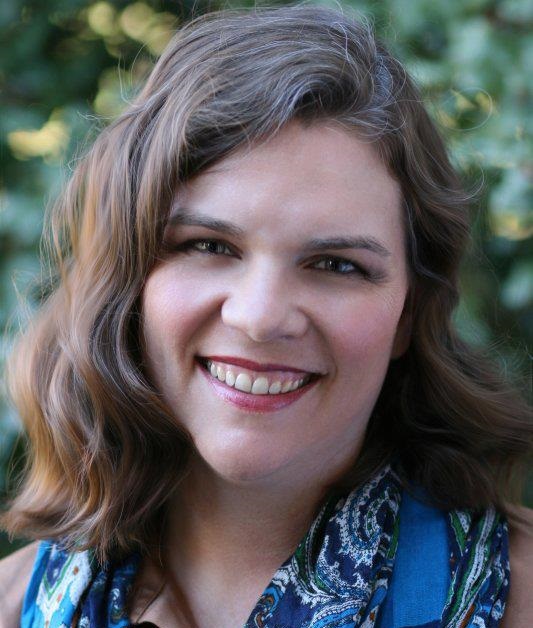
With nearly a million sales, Hallee Bridgeman is aUSA TODAY best-selling and award-winning Christian author who writes action-packed romantic suspense focusing on realistic characters who face real-world problems. Her work has been described as everything from refreshing to heart-stopping exciting and edgy. Hallee has served as the Director of the Kentucky Christian Writers Conference, President of the Faith-Hope-Love chapter of the Romance Writers of America, is a member of the American Christian Fiction Writers (ACFW), the American Christian Writers (ACW), and Novelists, Inc. (NINC). An accomplished speaker, Hallee has taught and inspired writers around the globe, from Sydney, Australia, to Dallas, Texas, to Portland, Oregon, to Washington, D.C., and all places in between. Hallee loves coffee, campy action movies, and regular date nights with her husband. Above all else, she loves God with all of her heart, soul, mind, and strength; has been redeemed by the blood of Christ; and relies on the presence of the Holy Spirit to guide her.

